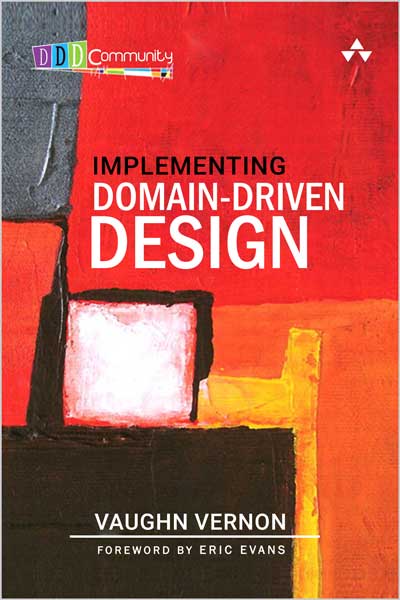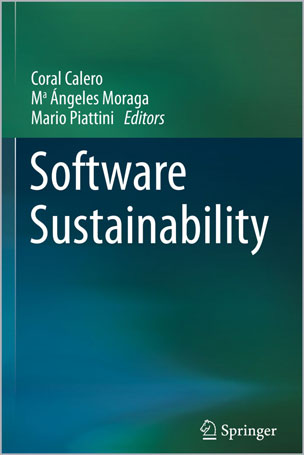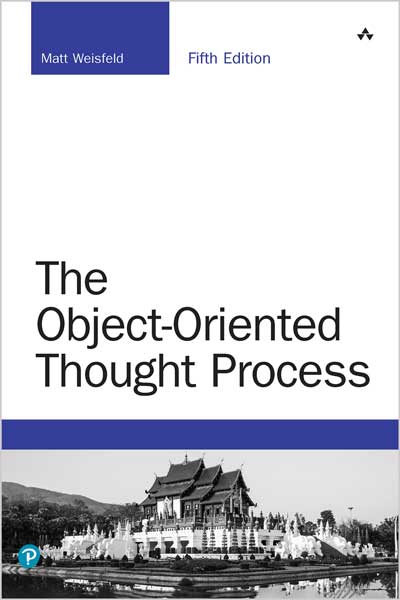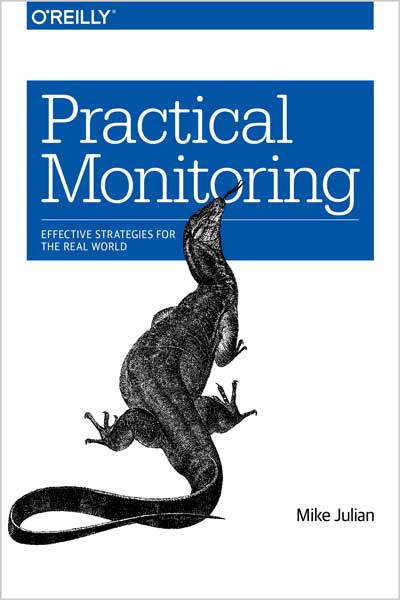A Practical Guide for Developers and Testers
István Forgács, Attila Kovács
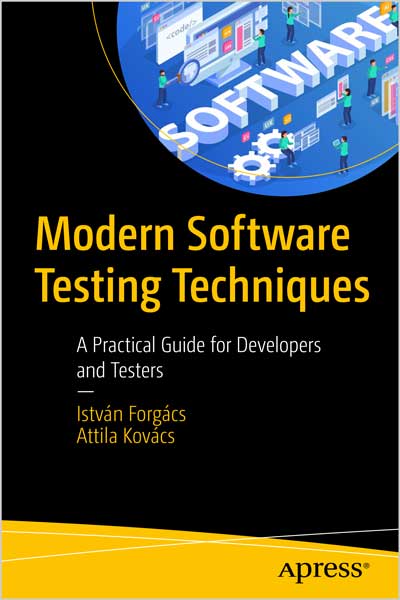
#Software_Testing
#risk_analysis
Many books have been written about software testing, but most of them discuss the general framework of testing from a traditional perspective. Unfortunately, traditional test design techniques are often ineffective and unreliable for revealing the various kinds of faults that may occur. This book introduces three new software testing techniques: Two-Phase Model-Based Testing, the Action-State Testing, and the General Predicate Testing, all of which work best when applied with efficient fault revealing capabilities.
You’ll start with a short recap of software testing, focusing on why risk analysis is obligatory, how to classify bugs practically, and how fault-based testing can be used for improving test design. You’ll then see how action-state testing merges the benefits of state transition testing and use case testing into a unified approach. Moving on you’ll look at general predicate testing and how it serves as an extension of boundary value analysis, encompassing more complex predicates.
Two-phase model-based testing represents an advanced approach where the model does not necessarily need to be machine-readable; human readability suffices. The first phase involves a high-level model from which abstract tests are generated. Upon manual execution of these tests, the test code is generated. Rather than calculating output values, they are merely checked for conformity. The last part of this book contains a chapter on how developers and testers can help each other and work as a collaborative team.
What You'll Learn
- Apply efficient test design techniques for detecting domain faults
- Work with modeling techniques that combine all the advantages of state transition testing and uses case testing
- Grasp the two-phase model-based testing technique
- Use test design efficiently to find almost all the bugs in an application
Who This Book Is For
Software developers, QA engineers, and, business analysts
Table of Contents
Chapter 1: Software Testing Basics
Chapter 2: Test Design Automation by Model-Based Testing
Chapter 3: Domain Testing
Chapter 4: Developers and Testers Should Constitute a Successful Team
Chapter 5: Conclusion
About the Authors
István Forgács, PhD, was originally a researcher at the Computer and Automation Research Institute of the Hungarian Academy of Sciences. He has had more than 25 scientific articles published in leading international journals and conference proceedings. He is the co-author of the book Agile Testing Foundations: An ISTQB Foundation Level Agile Tester guide and the book Practical Test Design: Selection of Traditional and Automated Test Design Techniques. His research interests include test design, agile testing, model-based testing, debugging, code comprehension, and static and dynamic analysis. He left his academic life in 1998 to be a founder of Y2KO, the startup company that offered an efficient solution to the Y2K project. He is the founder and Chief Executive Officer of 4Test-Plus and is a former CEO of 4D Soft. He is an author of the Advanced Test Analyst Working Group and former member of the Agile Working Group of ISTQB. István is the creator and key contributor of the only two-phase model-based test automation tool Harmony.

